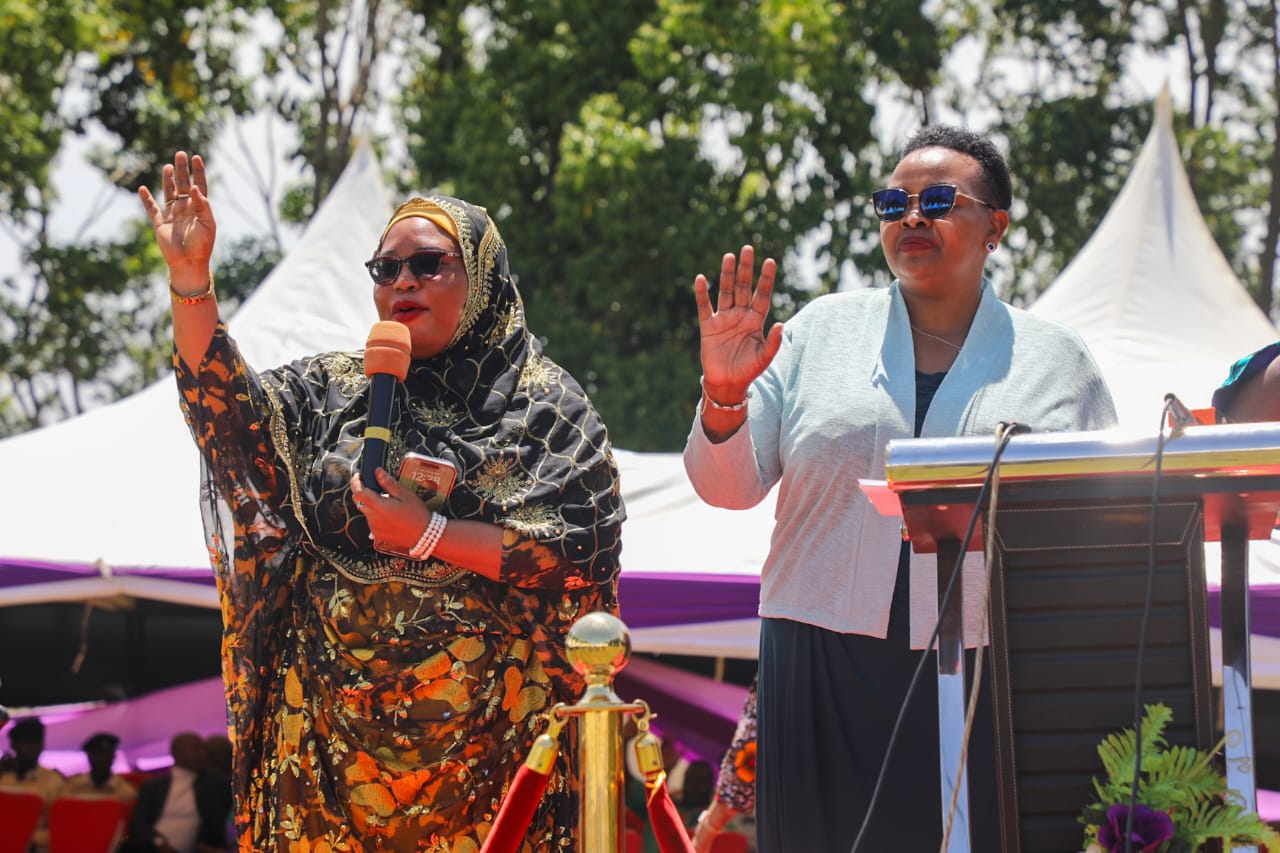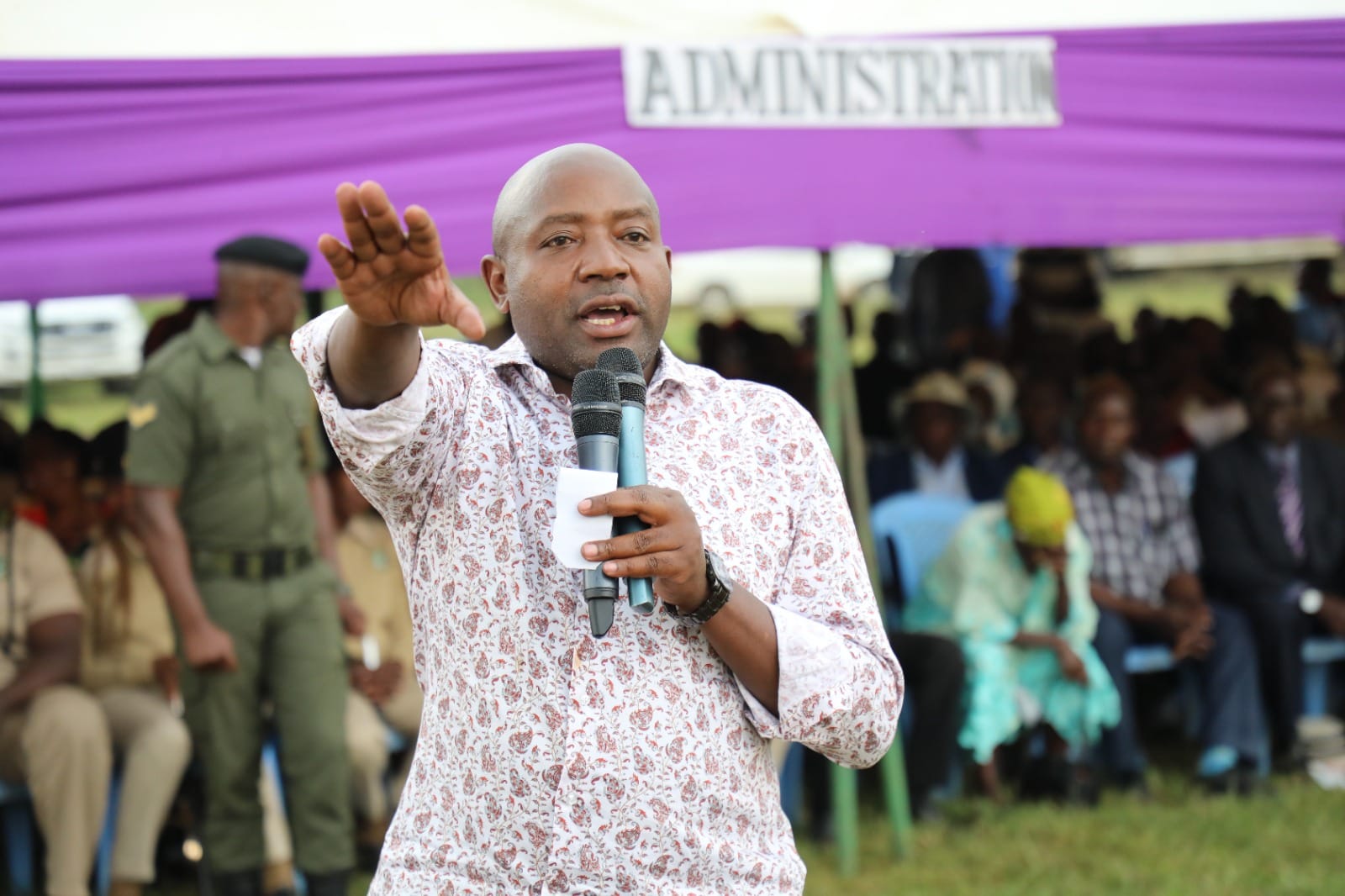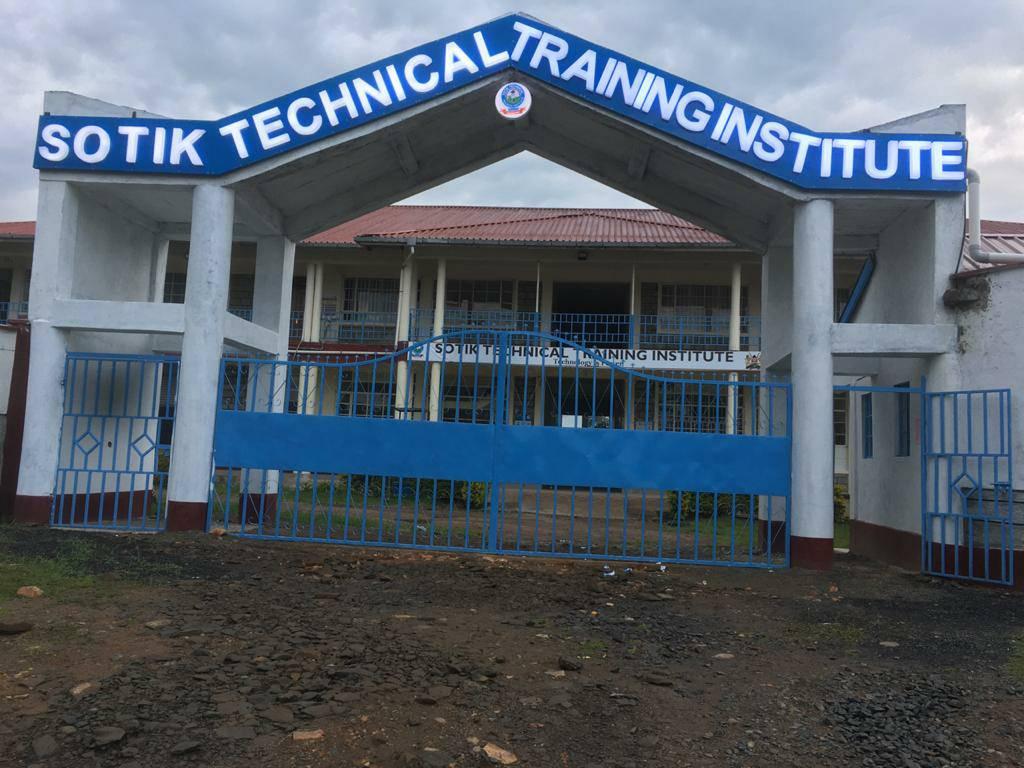To understand what Junior Secondary Schools (JSS) should look like—both administratively and structurally—it is important first to recognise where Kenya drew its inspiration. The country looked to Canada and Israel, whose education systems had successfully addressed the developmental needs of adolescents. Kenya examined their administrative structures, curricula, and teaching approaches to identify what could work locally. By analysing these benchmarks, Kenya aimed to adopt a system that emphasises competency-based learning, critical thinking, and practical skills, while improving certain elements to meet local cultural and societal needs.
This approach explains why Kenya’s current system, which often places JSS under primary school headteachers in some schools, differs from the fully independent administration seen in Canada and Israel, yet strives to achieve similar educational outcomes.
Why JSS Was Designed in Canada and Israel
Israel and Canada developed their Junior Secondary School models to respond to specific challenges. In Israel, JSS, introduced in the late 1960s, addressed the developmental needs of adolescents aged 12 to 15. Administration is handled centrally by the Ministry of Education, with local municipalities managing schools, and principals leading individual JSS independently from primary schools.
Similarly, in Canada, JSS are overseen by school boards, while principals handle the day-to-day operations of individual schools. Canadian JSS operate independently of primary schools, ensuring specialised leadership and resource allocation appropriate for adolescent learners. Kenya borrowed from both systems, studied their structures, and adapted them to its local context.
Historical Context and Purpose of JSS in Kenya
In Kenya, a few institutions, such as St. Mary’s School Yala (1927), offered education beyond the primary level, but these were exceptions. The nationwide establishment of JSS, introduced with Competency-Based Education (CBE) in 2017, restructured the system into a 2-6-3-3-3 model: two years pre-primary, six years primary, three years junior secondary, three years senior secondary, and tertiary education.
The creation of JSS aimed to: Provide holistic education for adolescents (12–14 years), ensure continuity between primary and senior secondary education, emphasise practical skills and life competencies and expand access and promote equity across regions
Transitional Administration in Kenya
Many JSS in Kenya are currently administered under primary school headteachers. This is a transitional arrangement, reflecting the early stages of implementing a new system within existing structures, especially in rural or smaller schools.
READ ALSO:
Schools told to nurture trees to maturity, not just plant them
For JSS to achieve its full potential—delivering specialised curricula, addressing adolescent developmental needs, and providing proper leadership—it requires the independent management structure for which it was designed. Implementation may take time, but this is precisely what it is supposed to do to realise the desired effect.
The Voice of JSS Teachers and Headteachers in Kenya
Teachers are the mirrors for policymakers, reflecting classroom realities. According to Ashford Kimani, “the wearer of the shoe knows where it pinches most.” Ignoring JSS teachers’ experiences risks policies disconnected from classroom realities. All JSS teachers across Kenya cannot be wrong, as they highlight real challenges in curriculum delivery, resource allocation, and administration.
At the same time, headteachers also bring valuable insights, reflecting managerial and systemic perspectives. What is most important is to take a middle line, balancing teachers’ feedback with administrative realities to design workable solutions.
It is healthy to critique and reflect, and we thank Mr Ashford Kimani for his valuable contribution to this insight.
Comparison: Kenya vs. Israel and Canada
Israel – Grades 7–9; Principals lead individual JSS independently, reporting to municipal education offices.
Canada – Grades 7–9; School boards oversee JSS; principals manage daily operations independently from elementary schools.
Kenya – Grades 7–9; Many JSS are currently administered under primary school headteachers, though the system is intended to move toward independent management.
Key Lessons:
Israel and Canada demonstrate that independent JSS administration ensures specialised leadership, adolescent-focused curriculum delivery, and efficient resource allocation.
Kenya’s transitional model under primary school headteachers differs from these benchmarks, highlighting the need for eventual independent management.
Taking a middle line by considering both teachers’ and headteachers’ perspectives is essential for workable, effective policy implementation.
Conclusion: The Path Forward
Kenya’s JSS system was borrowed from Canada and Israel, adapted locally, and aligned with developmental goals. While the current arrangement under primary school headteachers is transitional, achieving full potential requires independent administration, gradual implementation, and continued input from both teachers and headteachers. Over time, Kenya can optimise learning outcomes, fully leverage insights from all stakeholders, and align more closely with the successful practices observed in Canada and Israel.
By Hillary Muhalya
You can also follow our social media pages on Twitter: Education News KE and Facebook: Education News Newspaper for timely updates.
>>> Click here to stay up-to-date with trending regional stories
>>> Click here to read more informed opinions on the country’s education landscape
>>> Click here to stay ahead with the latest national news.






